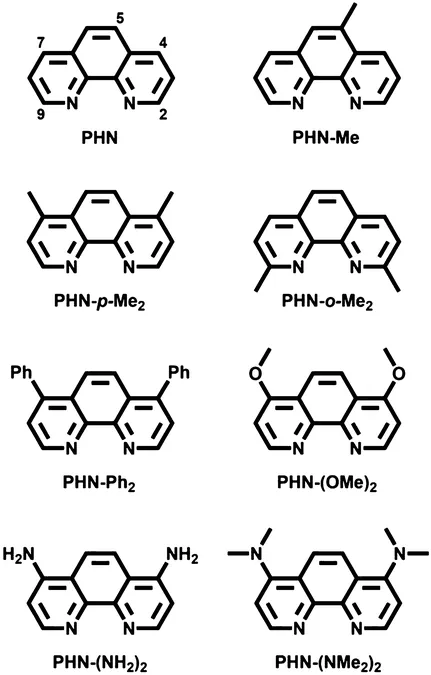
Breakthrough in Schistosomiasis Treatment: How Iron-Targeting Compounds are Kicking Schistosoma to the Curb!
2025-09-02
Author: Jacques
The Schistosomiasis Epidemic: A Growing Global Concern
Schistosomiasis, a disease caused by the genus Schistosoma, is one of the world's main neglected tropical diseases (NTDs), affecting approximately 250 million people globally. Shockingly, in 2019, it was estimated that 128.3 million school-aged children were infected, but only around two-thirds received necessary treatment. The World Health Organization (WHO) aims to eliminate schistosomiasis as a public health issue by 2030, promoting strategies like mass drug administration, primarily using the antischistosomal drug praziquantel (PZQ). However, the fight is far from over as challenges such as drug resistance and reinfection persist!
The Life Cycle of Schistosoma: A Complex Journey
The life cycle of Schistosoma is intricate and alarming. These parasites enter the human body through skin contact with contaminated water, transform into larvae, migrate, and eventually develop into adult worms. Paired male and female worms then produce eggs, causing various health issues, including cirrhosis and sepsis. While PZQ is effective against adult worms, there are no current solutions targeting earlier stages of the parasite's life cycle.
Harnessing Iron: A Game-Changer Against Schistosoma
Recent groundbreaking research has revealed that schistosomes crucially rely on iron, obtained from the digestion of erythrocytes. By introducing a natural compound called deferoxamine (DFO) into infected mice, scientists observed a reduction in egg production, indicating that depriving the worms of iron can severely impact their survival and reproduction.
Innovative Compounds to the Rescue!
Building on past successes against other parasites, researchers are experimenting with phenanthroline-based compounds (PHN-X) to target Schistosoma. Early findings confirm that compounds like PHN dramatically inhibit larval survival and egg production in adult worms, showcasing their potential as new anti-schistosomal drugs. In laboratory tests, specific compounds showed an extraordinary ability to disrupt the worm's lifecycle.









 Brasil (PT)
Brasil (PT)
 Canada (EN)
Canada (EN)
 Chile (ES)
Chile (ES)
 Česko (CS)
Česko (CS)
 대한민국 (KO)
대한민국 (KO)
 España (ES)
España (ES)
 France (FR)
France (FR)
 Hong Kong (EN)
Hong Kong (EN)
 Italia (IT)
Italia (IT)
 日本 (JA)
日本 (JA)
 Magyarország (HU)
Magyarország (HU)
 Norge (NO)
Norge (NO)
 Polska (PL)
Polska (PL)
 Schweiz (DE)
Schweiz (DE)
 Singapore (EN)
Singapore (EN)
 Sverige (SV)
Sverige (SV)
 Suomi (FI)
Suomi (FI)
 Türkiye (TR)
Türkiye (TR)
 الإمارات العربية المتحدة (AR)
الإمارات العربية المتحدة (AR)